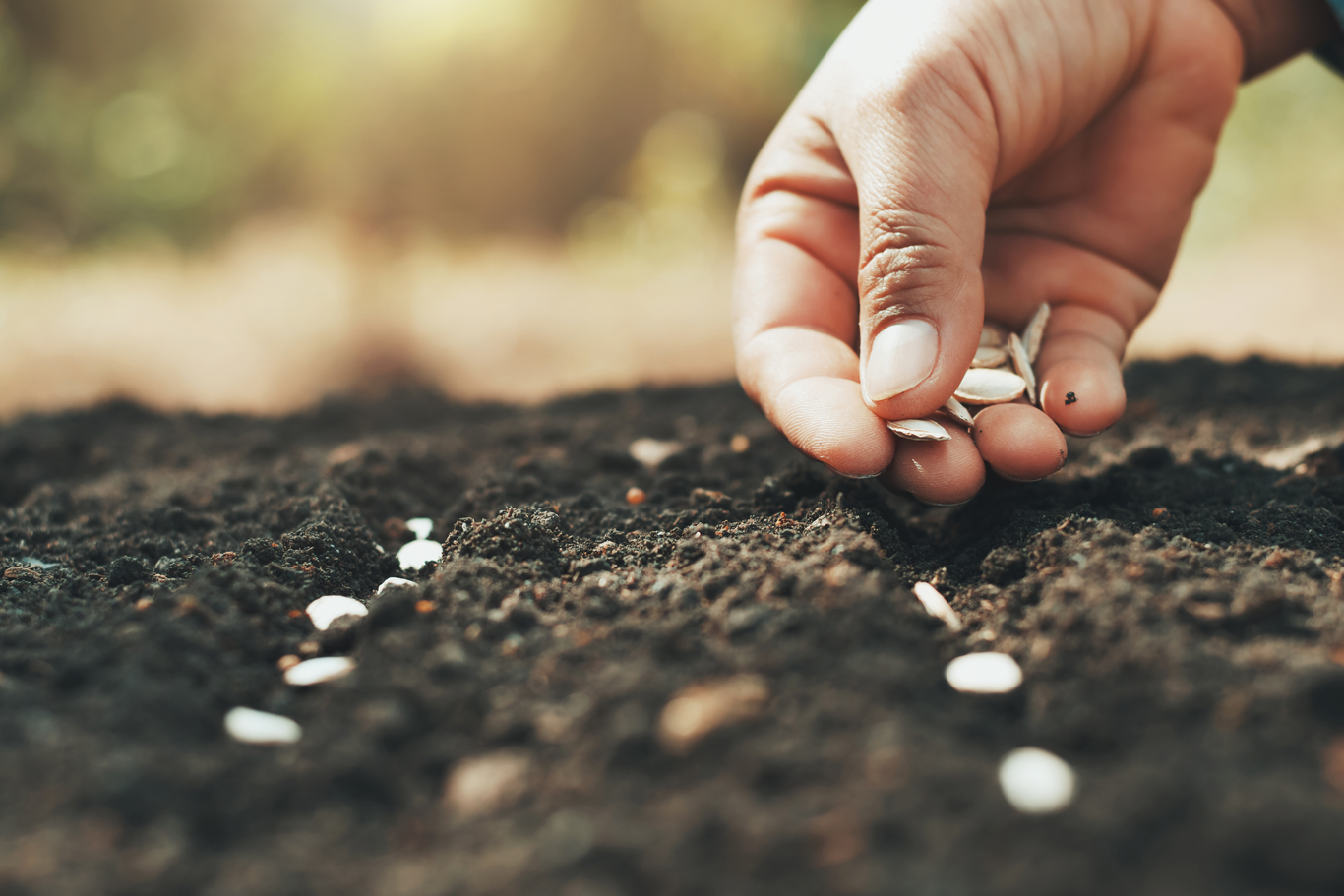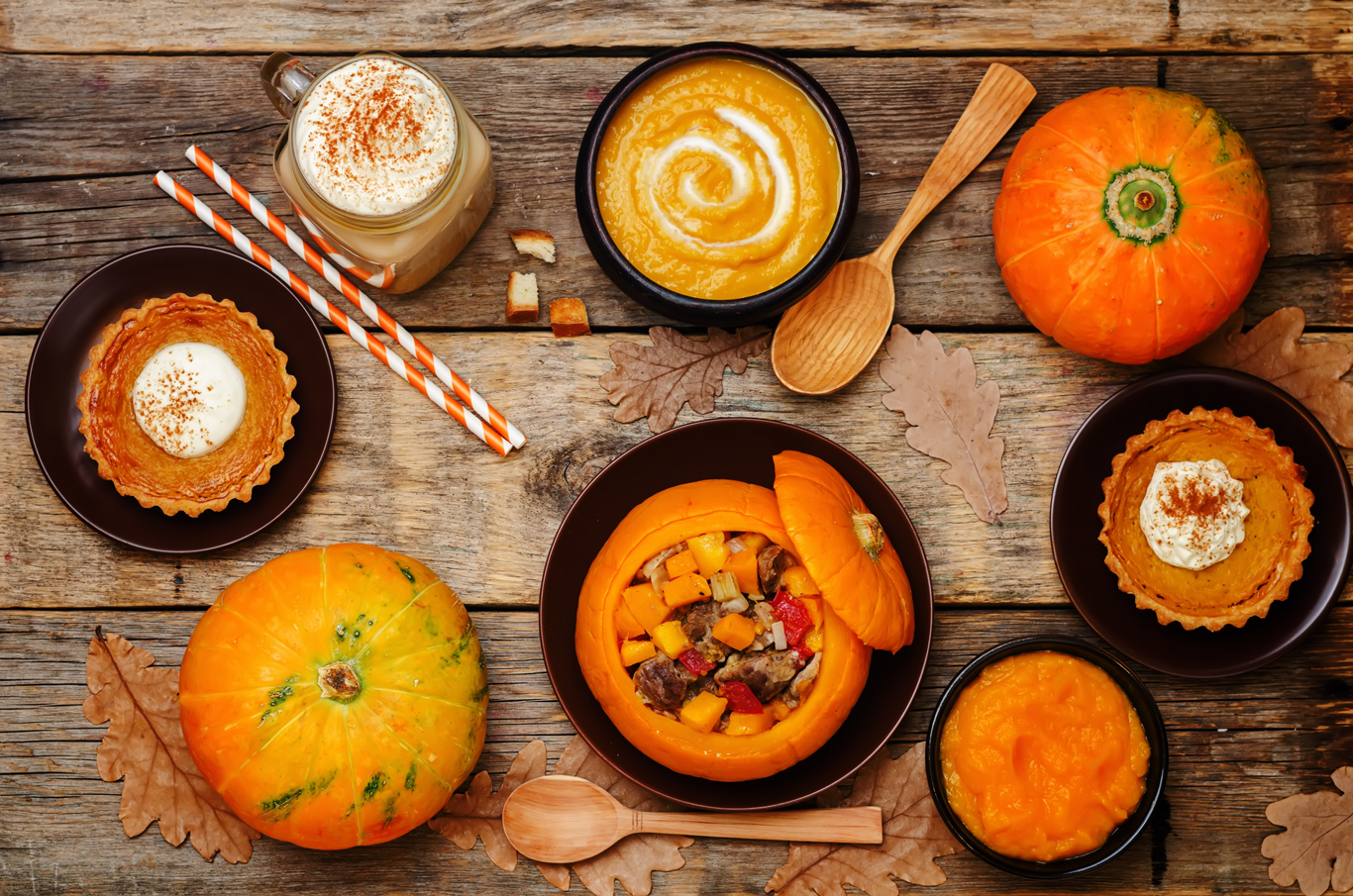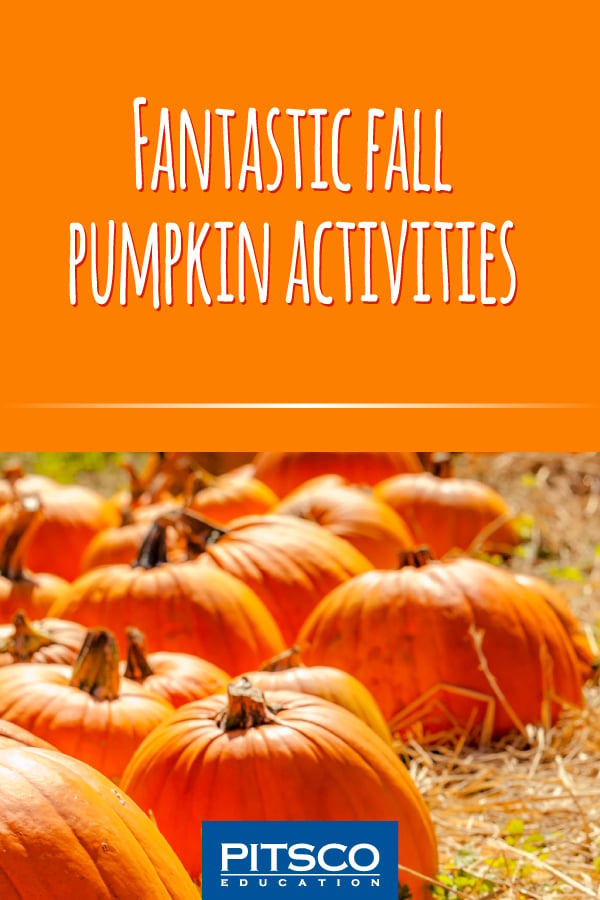Updated 6/14/24
Fall is in the air, which can mean more indoor time for kids. What a great time for pumpkin activities! We grow pumpkins on our farm and I love fresh pumpkin pies! But, until I started digging online, I had no idea there were so many engaging and fun opportunities using pumpkins to teach STEM virtually anywhere.
Growing Knowledge
My gardening side had me looking at the makeup of the pumpkin first. What makes a pumpkin turn orange? Turns out the same thing that turns leaves colors, carotenoids. Do the outside grooves on a pumpkin indicate anything? It’s said that the more grooves, the more seeds inside. Is there anything different about giant pumpkins? You know, those unbelievably huge pumpkins that weigh hundreds and sometimes even thousands of pounds? They have oversize phloem that moves the plant’s food where it needs to go. And, there’s so much science in growing these mammoths – give The Great Pumpkin a read to learn more.

Learning basic science about these gourds led me to a fun activity that grows pumpkins inside a pumpkin – but maybe not to maturity, since you’d be starting at the end of pumpkin season and frost is an issue for the plants. This is still a great lesson about their life-cycle. If you don’t want to deal with the rotting pumpkin, you can harvest the seeds and plant them next growing season. Or save a few seeds and clean the rest to roast. Mmmm.
Orange You Hungry?
That brings us to cooking or baking. Oh, the possibilities!!! I learned over the last few years that most pumpkins (not counting giants) can be used in recipes, but color and size have a lot to do with taste. We grow pie, or sugar, pumpkins, which are fairly small and a pretty dark orange. They’re very flavorful and have a definite sweetness to them. Carving pumpkins can be blander, so they need more spices and possibly added sugar, but they’re still edible!

Who doesn’t love pumpkin pie, right? So, let’s throw in a little history. Thankfully, more than the originals, there are a variety of recipes to consider that you might like to tackle as fun kitchen activities with your learners. You can try different kinds of pumpkins for soup, stuffed pumpkins, or even dog treats. Your furry family can help taste test the dog treats, which could include making a hypothesis and collecting stats. And don’t forget, replacing canned pumpkin in any recipe is easy!
After making these yummy treats, you can discuss the nutritional value of what you made. Pumpkins are superfoods when it comes to vitamins C and A. What other nutrients do pumpkins contain that your students can research?
Pumpkin To-Dos
Pumpkins aren’t just limited to just growing or baking/cooking them – there are soooo many imaginative activities out there. Following are a few of my new favorites.
- Pumpkin Slime – Don’t let a little mess stop you from this literal hands-on creation.
- Sink or Float – A pumpkin boat might be fun! Expand on this simple exercise by weighing and measuring (diameter, circumference, volume) the pumpkin and seeds. Get multiple pumpkins, and you can graph your findings. Then see if the measurements increase at the same rate.
- Pumpkin Battery – Forget potatoes, explore energy with pumpkins!
- Pumpkin Mobile – You can vary this artistic project for any grade level add to your fall decor.
- Chemistry of Pumpkins – Check out the chemicals behind the color, aroma, and taste of this fall favorite.
- Light Up Your Pumpkin – This activity is a great start! Now, see if you can fuel a light for the inside of your pumpkin.
- Build a Pumpkin Chuckin’ Catapult – What can your learners find around the house to chuck a pumpkin?
And for those who use Pitsco’s Missions, Expeditions®, or STEM PBL Units, find more inspiration for these titles!
- Being Healthy – Have students research the health benefits of pumpkin and the various ways it is used to cook/bake.
- Motion – Drop pumpkins of various sizes and masses from the same height to observe the force of impact.
- Plants – Grow a pumpkin plant.
- Scientific Discovery – Write and conduct an experiment using a pumpkin.
- Ahead of the Game – Use a pumpkin as the container to protect the dropped object.
- Artificial Ecosystems – Explore how soil composition affects pumpkin plant growth.
- Building Bridges – Test your bridge strength using a pumpkin.
- Contraptions – Experiment with the six simple machines to see which works best to move a pumpkin.
- Cultivating Our Future – Research and begin growing pumpkins as a crop.
- Innovating Solutions – Build a catapult to throw candy pumpkins.
- Tower Power – Test your tower strength using a pumpkin.
- Transportation Stations – Use a robot to transport and deliver pumpkins.
- Drone Aviation – Photograph and map a pumpkin patch.
- Engineering Bridges – Use pumpkins to test bridges.
- Packaging Design – Design a pumpkin-themed package.
Add Your Own Spice
Do you have any tricks or treats you’ve discovered to take any fall pumpkin activity to the next level? Interesting alternative pumpkins? Ways to adapt to new learning environments? Cost-cutting best practices? Sharing ideas is so important, and we’re excited to hear about yours in the comments.
MORE RESOURCES:


